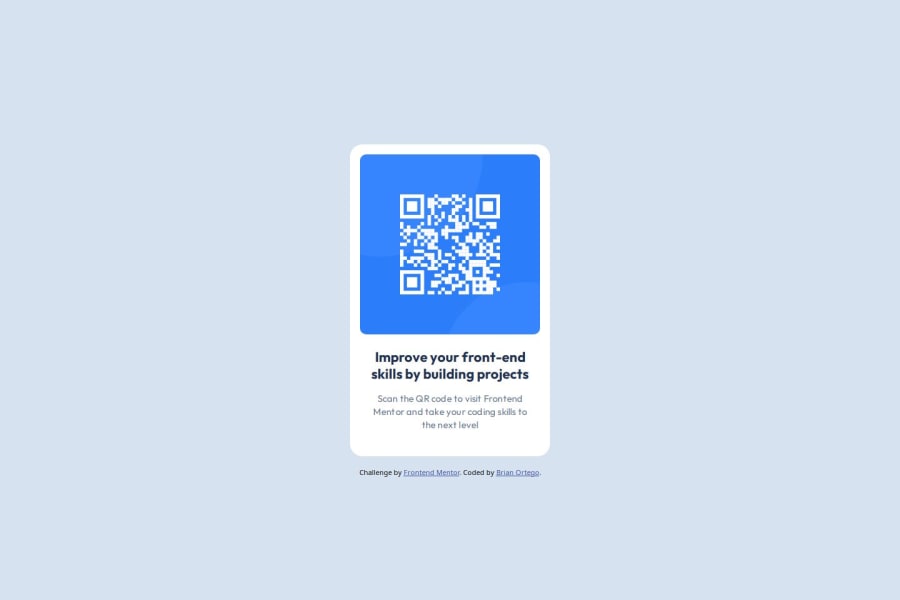
Design comparison
SolutionDesign
Solution retrospective
What are you most proud of, and what would you do differently next time?
I'm must proud that I didn't have to use any pixels and that i also learned how to make variables and custom classes. I feel like I overused flexbox and made it more complicated then needed to be.
What challenges did you encounter, and how did you overcome them?I had an issue with the width not leaving a gap on the mobile device, I used google and found that I needed to use min-height instead of max-height.
What specific areas of your project would you like help with?I would love help with height and width's, I feel like I use them to much.
Community feedback
Please log in to post a comment
Log in with GitHubJoin our Discord community
Join thousands of Frontend Mentor community members taking the challenges, sharing resources, helping each other, and chatting about all things front-end!
Join our Discord
